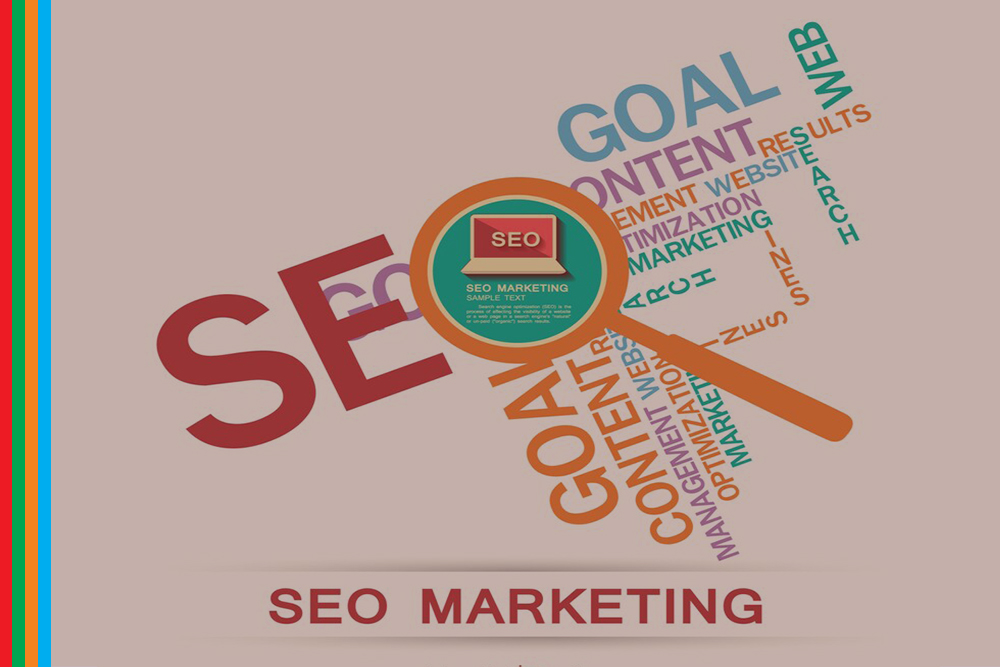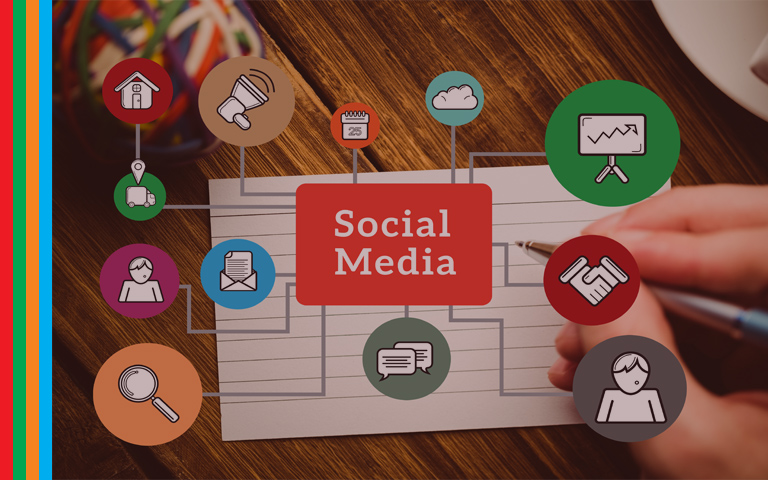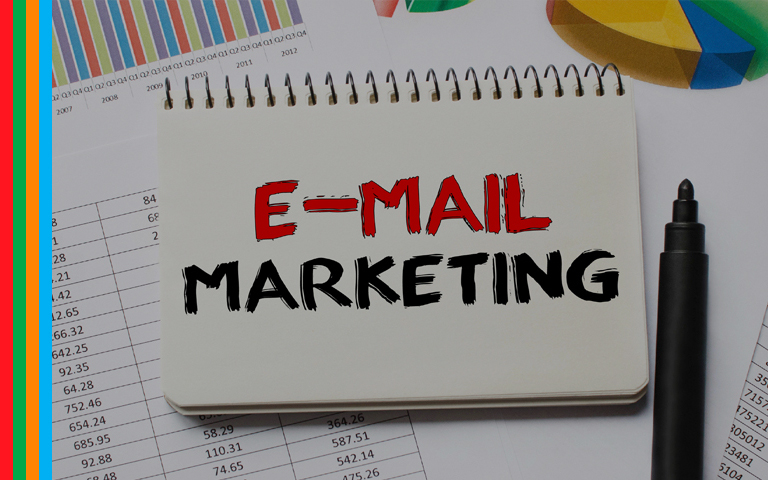Nowadays, many small businesses are choosing email marketing as the number one way to connect with customers. This is because of how accessible this method is and how much information can be shared with mailings. However, while these details are important in the present time, an even larger picture exists when you take a look at email marketing trends in the future. Adequate planning with your email marketing strategies from the best email marketing consultants in Dubai can put you on top of the world.
Email Marketing is Personal
Email marketing is an effective form of digital marketing today. According to a recent survey, nearly 90 percent of marketers say email is their primary channel for lead generation. Today, people receive a lot of emails each day, and they do not have time to open all of them. Thus, it is very important that your emails stand out and are engaging enough to make people actually read them.
This means personalizing your emails by segmenting your email lists based on the information you have collected about your customers. Segmentation helps you separate your subscribers into smaller groups with common interests or demographics. For example, if you have an ecommerce business, you can create different email lists for different sets of customers based on their location and preferences.
Personalization does not only mean using the customer’s first name in the subject line; it also involves sending relevant messages to the right people at the right time.
Once you have segmented your list, tailor your message according to each smaller group’s needs and preferences. This works well because when people feel like a company really knows them, they tend to trust it more and become loyal customers. Personalized emails are also 22 percent more likely to be opened than non-personalized ones
The ROI of Email Marketing
Email marketing is a powerful tool for building relationships with prospects, leads and existing customers. And it all starts with the perfect attractive subject line. That’s why it’s worth spending time to write email subject lines that are compelling and make people want to open your emails.
Used correctly, email marketing can be one of the most cost-effective channels out there – even more so than social media. Why? Because you’re reaching people who have specifically chosen to hear from you, in their inbox! A subscriber has taken action to receive your message, which means they’re likely to be interested in what you have to say. Not to mention that the average person checks their email 2x per day, according to Radicati Group research
The Importance of Mobile Optimized Emails
As one of the top digital marketing and web service firms in Dubai, Infobahn Consultancy identified that customers are increasingly on their mobile devices than on the desktops. They’re checking their email, visiting your website and reading your content from their smartphones and tablets.
This means that a key part of any digital strategy is having a strategy for mobile as well. This applies to your website, your emails, and even your blog posts
According to the Radicati Group, over 2.5 billion people will be using email by the end of 2017. And the number keeps going up.
But here’s the thing: more and more of these people are accessing their email from mobile devices.
Which means that it’s absolutely essential that you have a mobile-optimized email marketing strategy in place if you want to get the most out of your email campaigns.
Choose an Email Marketing Platform
There are a number of different email marketing platforms available, including MailChimp, Constant Contact and AWeber. Some of these platforms are free and others offer both free and paid options.
You’ll want to consider cost based on your current needs, but keep in mind that as your business grows and you need more features or your email list expands, you may need to upgrade at some point.
Consider the different features these platforms offer before selecting a tool that’s right for you. For example:
Easy-to-create emails
Automated emails triggered by events (e.g., abandoned cart emails)
Ability to create multiple lists for segmenting contacts
Email tracking features like open rate and click through rate (CTR)
Examples:
MailChimp is a popular email marketing platform that allows you to send emails in bulk to your customers and track important metrics like open rate, click-through rate, unsubscribe rate, etc. It also has many advanced features that make it easy to customize your campaign and target specific groups of people.
Constant Contact is another popular platform that allows you to create beautiful emails in minutes without any design experience required. Constant Contact also provides templates so you can choose from a variety of designs and formats when creating your campaign.
The do’s and don’ts of email marketing.
- DON’T: Send emails as soon as someone subscribes. If you send emails too often, it might annoy them and they will unsubscribe from your list, which will have an adverse effect on your business.
- DO: To build a relationship with them over time, send emails less frequently. This works better than sending too many emails too soon.
- DON’T: Send generic content. Emails should be designed according to the customer’s likes and dislikes and their buying behavior. This will help you target them better and make it more effective.
- DO: Personalize the emails. Make sure you personalize the emails before sending them out to your subscribers so that they can connect with you better and maintain a relationship.
- DO send emails that are relevant to your audience. For example, if you know someone just bought a pair of skinny jeans from your store, don’t send them an email promoting your plus-size clothing.
- DON’T send too many emails. If you bombard your customers with too many emails, they will become annoyed and stop opening them altogether. At most, send an email per week.
- DO make sure the subject line is interesting so people will open it. The subject line is the first thing people see when they look at their inbox on their phone or computer, so make it count!
- DON’T use clickbait subject lines such as “shocking” or “you won’t believe this.” These cheap tactics may get you more clicks initially, but customers will stop trusting you over time and this will hurt your brand in the long run.
CONCLUSION
Email marketing is not dead, despite what many would have you believe. While other forms of online marketing are more popular, they are also often riskier and costlier. Email marketing is an effective way to reach out to target audiences and can produce great results with minimal effort.
The key is to use email marketing smartly and effectively, thereby avoiding the pitfalls that can render email campaigns ineffective. Always test your emails and ensure that you’re sending targeted content that readers will want to read. Do this while providing useful information in a relevant format, and you’ll reap the rewards of increased engagement and customer loyalty. Better yet hire an expert online advertising company in Dubai in email marketing for the best ROI results and meeting your business goals.
FAQs
- How do I build an email strategy for my business?
The best way to build an email strategy is to identify marketing goals, ensure email marketing aligns with the overall digital marketing strategy of your organization and develop a process for continuous improvement
- How should I test and optimize email campaigns?
If you’re not testing, you won’t know what works best for your subscribers. If you’re not measuring, you can’t determine how well your efforts are paying off. And if you’re not optimizing, you’ll lose the chance to improve the effectiveness of your campaigns over time.
A/B testing is an excellent way to test the success of your email marketing campaigns. By using A/B testing, you can send out two different versions of a single campaign to small groups of subscribers and measure the results.
Multivariate testing. This is similar to A/B testing but allows you to test several elements at once in a single email campaign. It’s a bit more complex than A/B teting but can be an effective way to find correlations between elements in your email campaigns.
- Which aspect of building email campaigns is most critical to a beginner?
Some would say that one of the most important things about building email campaigns is to make sure that you’re targeting the right people and that you’re delivering relevant content to them.
- How can I use data effectively to segment and target customers?
There are quite a few ways that marketers can segment their lists to target their different customer types. There are simple factors like demographics or behavioral factors that can be used to segment customers and there are also more advanced methods, like using data from web forms. Regardless of how you choose to segment your list, it’s important that you collect the data needed for each strategy so that it’s ready when you need it.
- What are the known ways to identify the success of an email campaign? What kind of metrics should I use?
Email analytics are a must-have for any business looking to build a successful email campaign. Email analytics can help you understand your recipients better so that you can send them relevant content and create a stronger relationship with them.
Email metrics are:
- Open rates: The number of emails opened divided by the number of emails sent.
- Click-through rates: The number of clicks from your email divided by the number of emails sent.
- Bounce Rate: How many emails do not reach the recipient’s inbox.
- Conversion rates: The number of people who completed a goal after clicking through from your email.
- Forwarding rate. This measures how often your subscribers forward your emails to someone else who might want to know about your business or products/services.
- Unsubscribe rate. Every email campaign should have an unsubscribe link, because it’s required by law in many countries and states.
- Spam complaint rate (SPR). This measures how often people mark your messages as spam. You should aim for an SPR of less than 0.1 percent.













